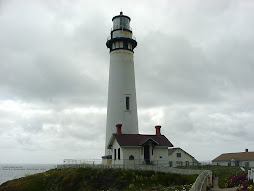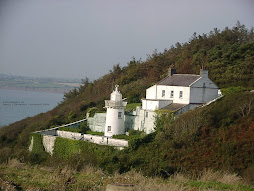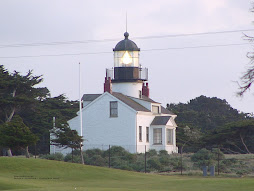Interesting how we take so many things for granted. Sunshine, warm breezes, summer nights, breathing. Wait a minute, what's this breathing all about? It's a fact that we all breathe. Without life sustaining oxygen, we'd all be at Davy Jones' Ball.
Our air is comprised of about 21% oxygen. That's what it takes to breathe naturally. When the percentage goes down to 16% or so, breathing gets to be a chore. And as the oxygen percentage gets lower, so do we, until we are rendered unconscious, and ultimately lifeless, by a thing called anoxia, which means lack of oxygen.
On a vessel, air is not usually a problem. There's plenty of it, and it all contains about the right amount of life giving oxygen. But, there may be a sinister figure waiting to sneak in and take your breath away. It is called carbon monoxide. Tasteless, colorless and odorless, it silently steals into your living spaces, and infiltrates your body through your lungs and into your blood stream. There it inhibits the blood from carrying oxygen, and if not caught in time, sends you to shake hands with Davy Jones and other long lost sailors.
At mooring or anchor, and on deck, is no guarantee that carbon monoxide poisoning won't pay a visit. Adjacent boats, running their engines, can send your carbon monoxide levels sky high. Generators running, with the exhaust reentering the vessel through hatches, ports, or other openings has resulted in death. A group of boaters, happily rafting up off Catalina, were enjoying a day of fun and sun. Maybe too much fun in the sun, as a number of participants complained of headache, nausea, dizziness, mental confusion or fatigue. One of the boaters recognized that something was very wrong, much more than too much beer and sun. Suddenly, the droning of the generators on the rafted up boats made her realize this was carbon monoxide poisoning! Had there not been a combination of her sharp observations, a fast run to Los Angeles, ready paramedics and the availability of a hyperbaric chamber, this trip would have had a tragic ending. Luckily, all survived.
Carbon monoxide is a silent killer. It has no warning properties. High concentrations may cause only transient weakness and dizziness before death. Longer term exposure results in one or more of the symptoms described above. Carbon monoxide poisoning is cumulative, meaning lower concentrations over hours or days can result in poisoning.
Prevention is much better than cure. The first line of defense is a good carbon monoxide detector. There are a number available, but those built to withstand the marine environment are best. Good cabin and bilge ventilation with fresh air, and an exhaust system, free of leaks, that disperses the exhaust well behind, or off to the sides of the vessel, are other safeguards.
Stop the silent killer on your vessel before he stops you. Be aware and be prepared.
Safe Boating.
Top 60 Boating Tips by Boating Magazine
Saturday, December 6, 2008
Subscribe to:
Post Comments (Atom)













No comments:
Post a Comment